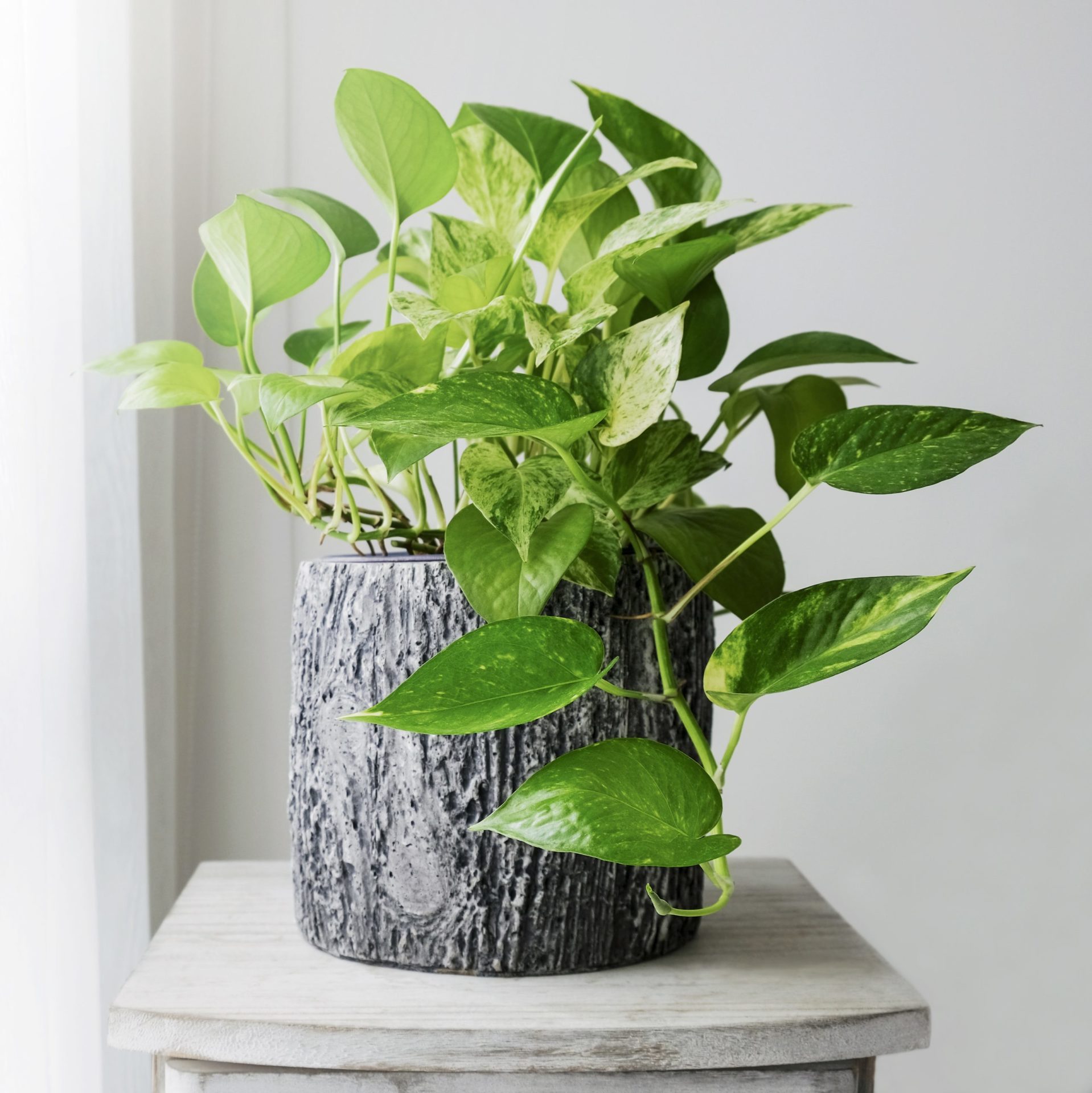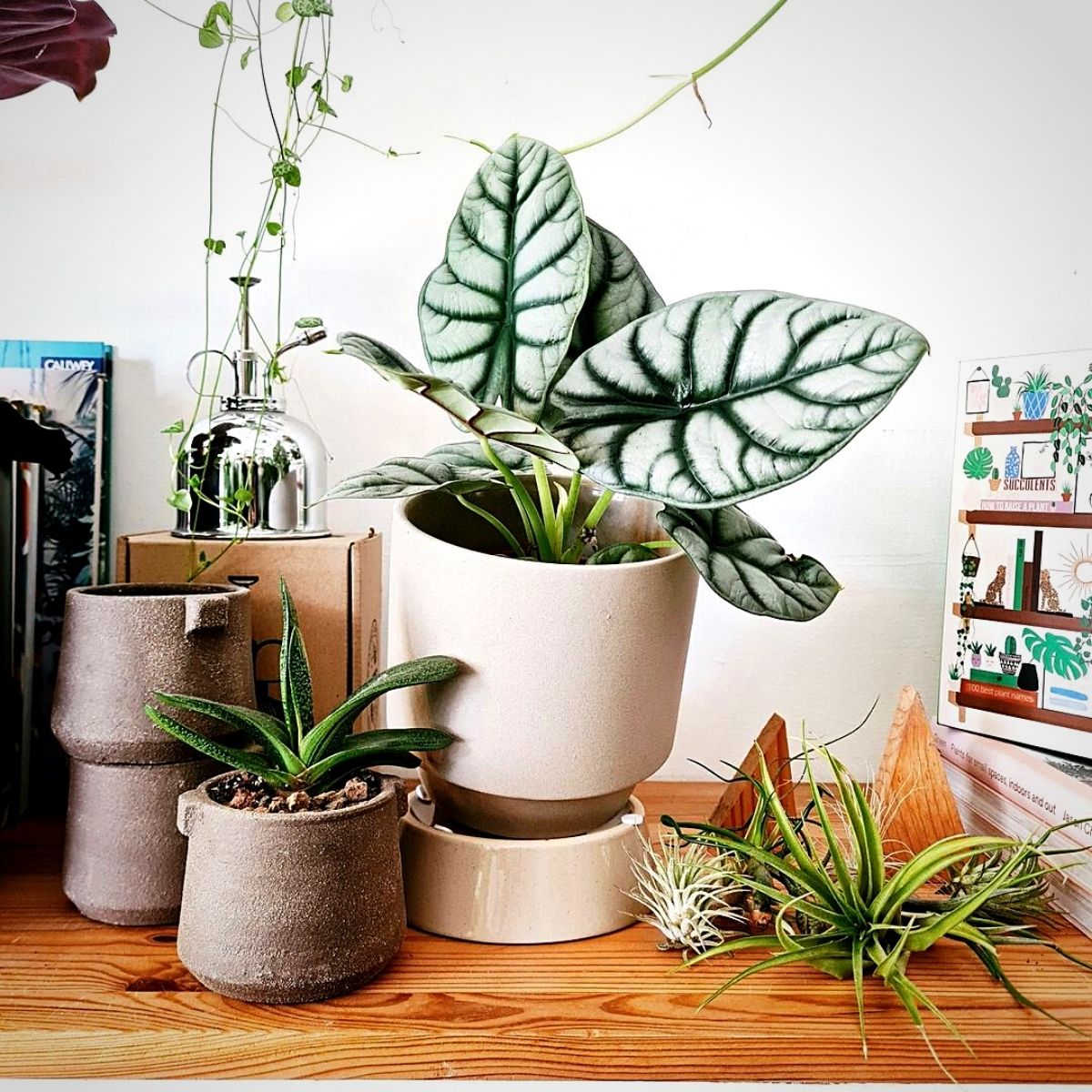The Best Low-Light Indoor Plants for Beginners and Busy Plant Owners
Transform Your Home With Beautiful Low-Light Indoor Plants and Their Benefits
Including low-light interior plants right into your home can substantially boost both the environmental and aesthetic high quality of your space. These plants, which thrive in dim conditions, serve not just as attractive aspects however also as natural air purifiers, making them perfect for metropolitan occupants or those with minimal sunlight direct exposure. As we check out the numerous sorts of low-light plants and their advantages, you might locate unexpected methods to incorporate them into your home that can change your surroundings in ways you could not have actually prepared for.
Benefits of Low-Light Plants
Low-light plants offer various benefits for interior settings, making them an outstanding selection for both novice and knowledgeable garden enthusiasts. Among the key benefits is their adaptability to low-light problems, enabling individuals to boost their home without the demand for considerable sunshine direct exposure. This characteristic makes them excellent for homes, workplaces, and various other areas with minimal all-natural light.

Moreover, including low-light plants right into home decor can boost the visual allure of a space. Their lavish vegetation and varied appearances produce a relaxing environment, adding to general well-being. The presence of greenery has been linked to decreased anxiety degrees and enhanced productivity, making low-light plants a useful option for enhancing both mental and physical health in interior setups.
Top Low-Light Indoor Plants
While many interior plants thrive in brilliant light, several types are particularly appropriate for low-light conditions, making them suitable for various indoor spaces. One preferred option is the Serpent Plant (Sansevieria), known for its striking upright leaves and strength, requiring very little treatment. An additional excellent choice is the Pothos (Epipremnum aureum), which includes heart-shaped leaves and can track perfectly from wall mounts or racks, prospering in low light and including a rich touch.
The ZZ Plant (Zamioculcas zamiifolia) is celebrated for its shiny leaves and capability to endure overlook, making it best for hectic way of lives. Similarly, the Peace Lily (Spathiphyllum) not only tolerates low light yet additionally creates spectacular white blooms, boosting any kind of area's aesthetic.
For an one-of-a-kind touch, think about the Cast Iron Plant (Aspidistra elatior), which indeed lives up to its name, flourishing in the darkest edges of your home. The Chinese Evergreen (Aglaonema) uses a range of leaf patterns and colors while being incredibly flexible in low-light problems. These plants not only beautify indoor environments yet additionally add to air filtration, improving your home.
Care Tips for Low-Light Plants

Sprinkling methods are essential; these plants usually like slightly completely dry conditions. Overwatering can cause root rot, so ensure that the leading inch of soil is dry prior to watering once again. Use pots with drain openings to allow excess dampness to leave.
Moisture is another vital element. Several low-light plants, such as ferns and tranquility lilies, gain from higher humidity degrees. To increase moisture, consider misting the fallen leaves or putting a tray of water near the plants.
Fertilizing ought to be approached with care. During the expanding season, use a weakened, well balanced liquid fertilizer each month to support development, yet stay clear of feeding during the inactive cold weather.

Innovative Ways to Present Plants
Indoor plants can offer as captivating prime focus in any type of room, improving both visual appeal and setting. Imaginative screens can elevate the aesthetic influence of low-light plants, making them an important blog here part of your home style. One reliable approach is to use tiered plant stands, which permit you to showcase numerous plants at differing elevations while making best use of flooring room.
Hanging planters are an additional cutting-edge alternative, producing a feeling of deepness and attracting the eye upward. Consider macramé wall mounts or wall-mounted racks to introduce an one-of-a-kind structure and style.
For a more organized strategy, usage geometric terrariums or glass containers to house your plants, adding a modern touch to your indoor yard. You can additionally repurpose classic things, such as teacups or wooden pet crates, for a diverse screen that reflects your individuality.
Enhancing Home Atmosphere With Plants
Integrating low-light plants right into your home not just improves visual allure yet additionally contributes substantially to the general ambiance. These plants act as all-natural decoration aspects, introducing a feeling of harmony that can transform any area. The visibility of plant promotes a calming environment, which is especially useful in high-stress atmospheres such as home workplaces or living spaces.
Low-light plants, such as snake plants, pothos, and ZZ plants, are not just cosmetically pleasing however likewise enhance indoor air quality by filtering system contaminants. This double feature enhances the setting additionally, producing a healthier home (Best low-light indoor plants). The critical positioning of these plants can likewise influence the perception of room; for instance, high plants can draw the eye upwards, making ceilings show up higher and areas much check more roomy
Additionally, differing structures and shades of foliage include deepness to interior decoration, enabling imaginative expression in home designing. Whether placed on shelves, in corners, or as focal points, low-light plants can boost the state of mind of any space. In summary, including these plants right into your home is an effective method to cultivate a warm, inviting ambience while profiting of enhanced air top quality and aesthetic versatility.
Final Thought
Integrating low-light interior plants right into home settings offers various advantages, including improved visual appeal and boosted air quality. These resistant plants, such as the Snake Plant and Tranquility Lily, need marginal light and maintenance, making them ideal for varied way of lives.
While lots of indoor plants grow in brilliant light, several varieties are particularly appropriate for low-light problems, making them excellent for different indoor areas. One effective approach is to use tiered plant stands, which enable you to display multiple plants at differing elevations while taking full advantage of flooring room.
Low-light plants, such as snake plants, pothos, and ZZ plants, are not only cosmetically pleasing yet additionally improve interior air high quality by filtering contaminants. Best low-light indoor plants. The tactical positioning of these plants can also influence the perception of area; for circumstances, tall plants can attract the eye upward, making ceilings appear greater and rooms a lot more spacious
These durable plants, such as the Serpent Plant and Peace Lily, need marginal light and maintenance, making them appropriate for varied way of livings.